Alpine Skiing: Origins, Popularity, and Iconic Resorts
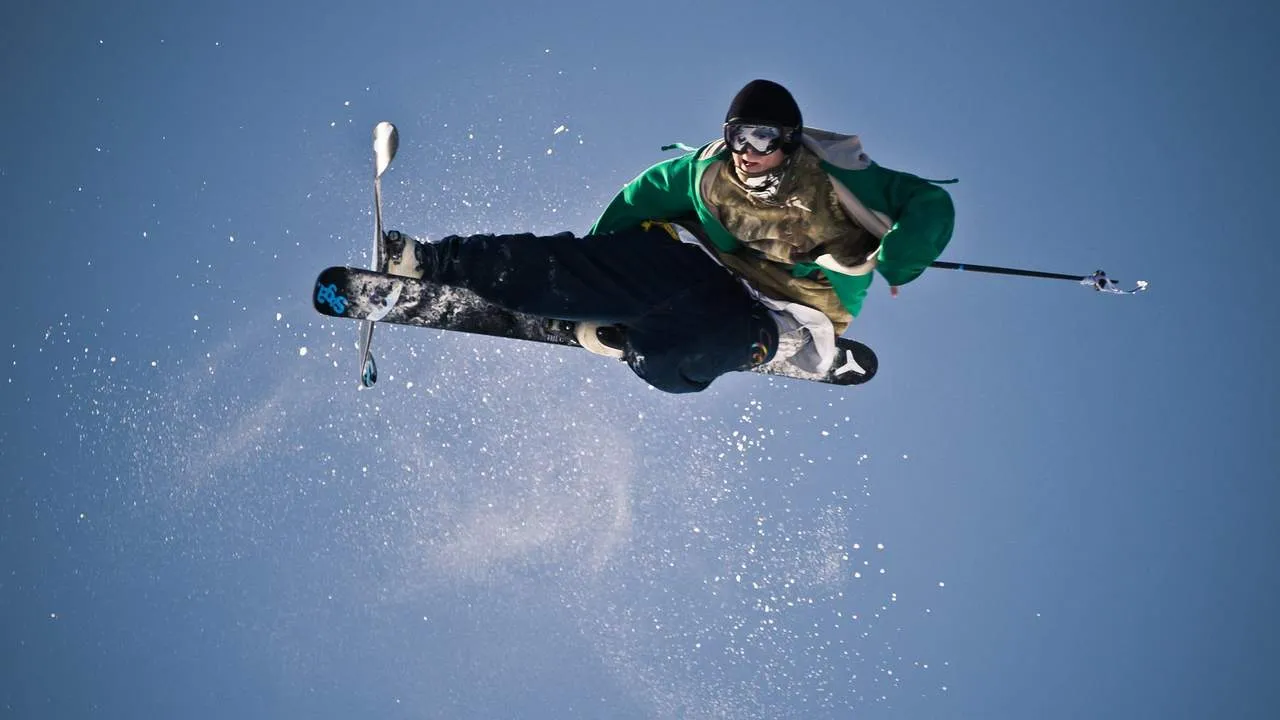
Alpine skiing, often simply referred to as downhill skiing, is one of the most exhilarating winter sports. Known for its combination of speed, skill, and breathtaking mountain landscapes, alpine skiing has captured the hearts of millions worldwide. From its humble beginnings as a practical means of getting around snow-covered terrain to the glamorous ski resorts we know today, the sport has a rich history and a thriving global community.
The Origins of Alpine Skiing
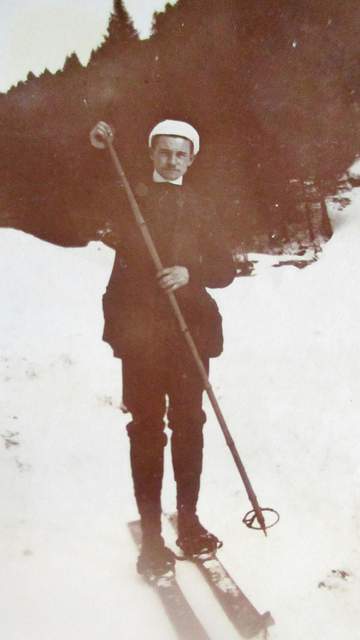 The roots of skiing trace back thousands of years. Ancient rock carvings and artifacts found in Scandinavia and northern Asia suggest that skiing was originally a mode of transportation for hunting and survival in snowy environments. However, alpine skiing as a recreational and competitive sport began in the late 19th century.
The roots of skiing trace back thousands of years. Ancient rock carvings and artifacts found in Scandinavia and northern Asia suggest that skiing was originally a mode of transportation for hunting and survival in snowy environments. However, alpine skiing as a recreational and competitive sport began in the late 19th century.
Norway played a crucial role in developing modern skiing techniques. The first documented ski races were held in Norway during the 1800s. As the sport spread through Europe, Austria and Switzerland emerged as key pioneers, particularly with the introduction of ski lifts and dedicated ski resorts in the early 20th century. By the 1930s, alpine skiing had gained international recognition and became part of the Winter Olympic Games in 1936, held in Garmisch-Partenkirchen, Germany.
Where Alpine Skiing Is Most Popular
Today, alpine skiing is popular in many parts of the world, especially regions blessed with snow-covered mountains. Europe and North America are the sport’s primary hubs, offering some of the most iconic ski destinations.
In Europe, countries like Austria, Switzerland, France, and Italy have become synonymous with skiing culture. Their Alpine regions are home to historic resorts, world-class facilities, and breathtaking scenery. In North America, the Rocky Mountains, Sierra Nevada, and other ranges provide incredible skiing opportunities across the United States and Canada.
The sport is also growing in popularity in Japan, with areas like Hokkaido and Nagano offering powdery snow conditions that attract skiers from around the globe. Additionally, countries such as Chile and Argentina host ski seasons during the Northern Hemisphere’s summer, making alpine skiing a year-round global pursuit.
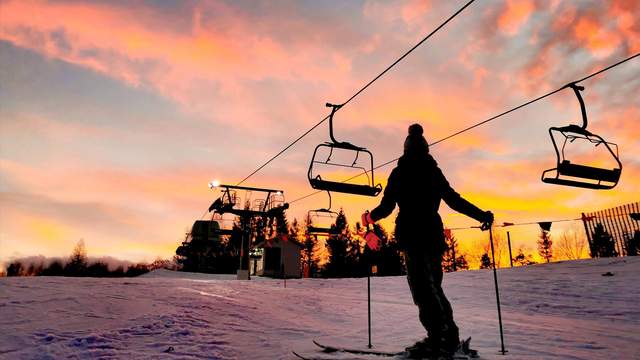
Famous Ski Resorts in the USA
The United States boasts some of the most famous and luxurious ski resorts in the world, attracting both recreational skiers and professional athletes. Here are a few standout destinations:
- Aspen, Colorado: Known for its upscale vibe, vibrant après-ski scene, and four distinct ski areas (Aspen Mountain, Aspen Highlands, Buttermilk, and Snowmass), Aspen is a legendary ski destination.
- Vail, Colorado: One of the largest ski resorts in the USA, Vail offers over 5,000 acres of skiable terrain, diverse runs, and a charming Bavarian-style village.
- Park City, Utah: A host city for the 2002 Winter Olympics, Park City offers excellent snow, extensive trails, and proximity to Salt Lake City, making it a favorite for both casual and competitive skiers.
- Jackson Hole, Wyoming: Known for its challenging slopes and stunning Teton mountain views, Jackson Hole is ideal for advanced skiers seeking a thrill.
- Lake Tahoe, California/Nevada: This region offers a mix of resorts with both beginner-friendly slopes and expert terrain, all set against the stunning backdrop of Lake Tahoe.
Famous Ski Resorts in Europe
Europe’s ski culture is legendary, offering not just incredible slopes but also charming villages, alpine traditions, and après-ski activities. Here are some of the most iconic European ski resorts:
- Chamonix, France: Nestled at the foot of Mont Blanc, Chamonix is one of the oldest and most famous ski resorts in the world, renowned for challenging runs and stunning scenery.
- Val d’Isère, France: Paired with Tignes in the Espace Killy ski area, Val d’Isère offers exceptional skiing and a lively après-ski scene.
- St. Anton, Austria: Known for its deep snow and vibrant nightlife, St. Anton is a favorite among both expert skiers and partygoers.
- Zermatt, Switzerland: Home to the iconic Matterhorn, Zermatt offers year-round skiing, high-end accommodations, and some of the best alpine dining in Europe.
- Cortina d’Ampezzo, Italy: A picturesque resort in the Dolomites, Cortina combines world-class skiing with a touch of Italian elegance and charm.
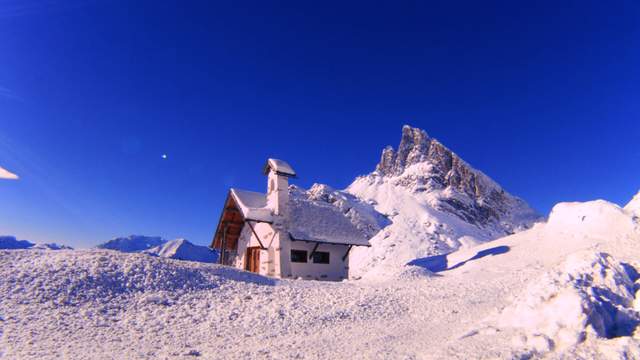
Why People Love Alpine Skiing
Alpine skiing is more than just a sport—it’s an experience. The combination of physical activity, adrenaline, and breathtaking mountain vistas makes skiing both thrilling and rewarding. For many, it’s as much about the lifestyle as the slopes: après-ski drinks by the fire, cozy mountain lodges, and the camaraderie of the skiing community.
The sport appeals to all levels of skill, from beginners enjoying gentle green runs to seasoned pros carving down black diamonds or tackling off-piste powder. Advances in ski equipment and resort infrastructure have made the sport more accessible and enjoyable than ever.
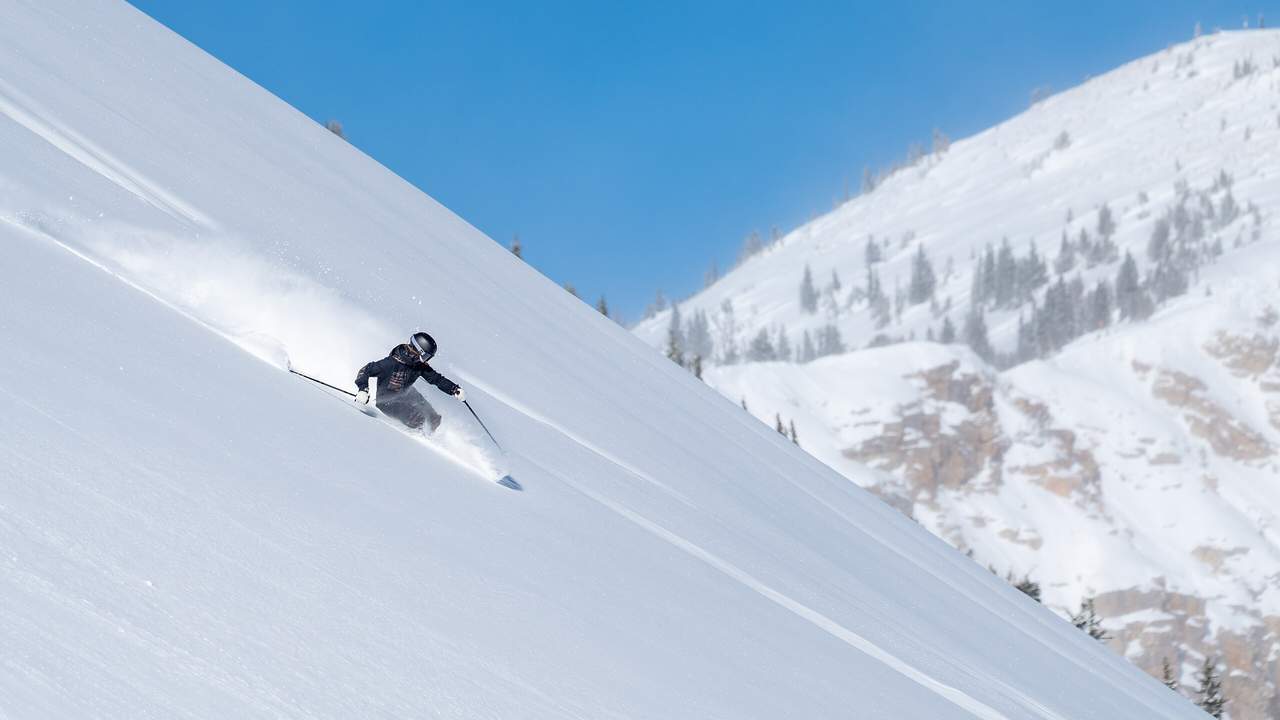
Conclusion
From its origins as a practical mode of transportation in snowy Scandinavia to its modern status as a global winter pastime, alpine skiing has come a long way. Today, it’s a sport that blends adventure, culture, and luxury, with legendary ski resorts across the USA and Europe offering something for everyone.
Whether you dream of carving fresh powder in Aspen or sipping hot chocolate in a cozy chalet in Chamonix, alpine skiing continues to be a beloved winter escape. It’s not just about skiing down a mountain—it’s about the memories, the landscapes, and the feeling of freedom that comes with every descent.




